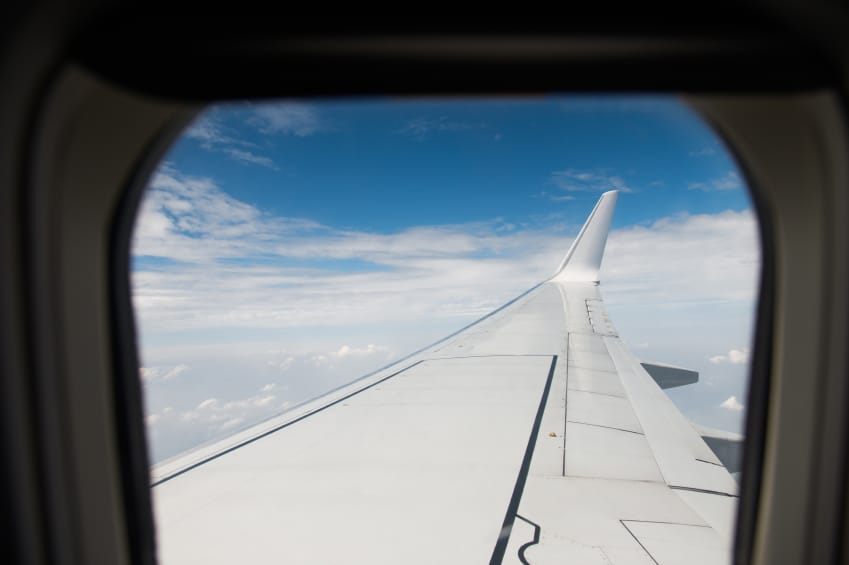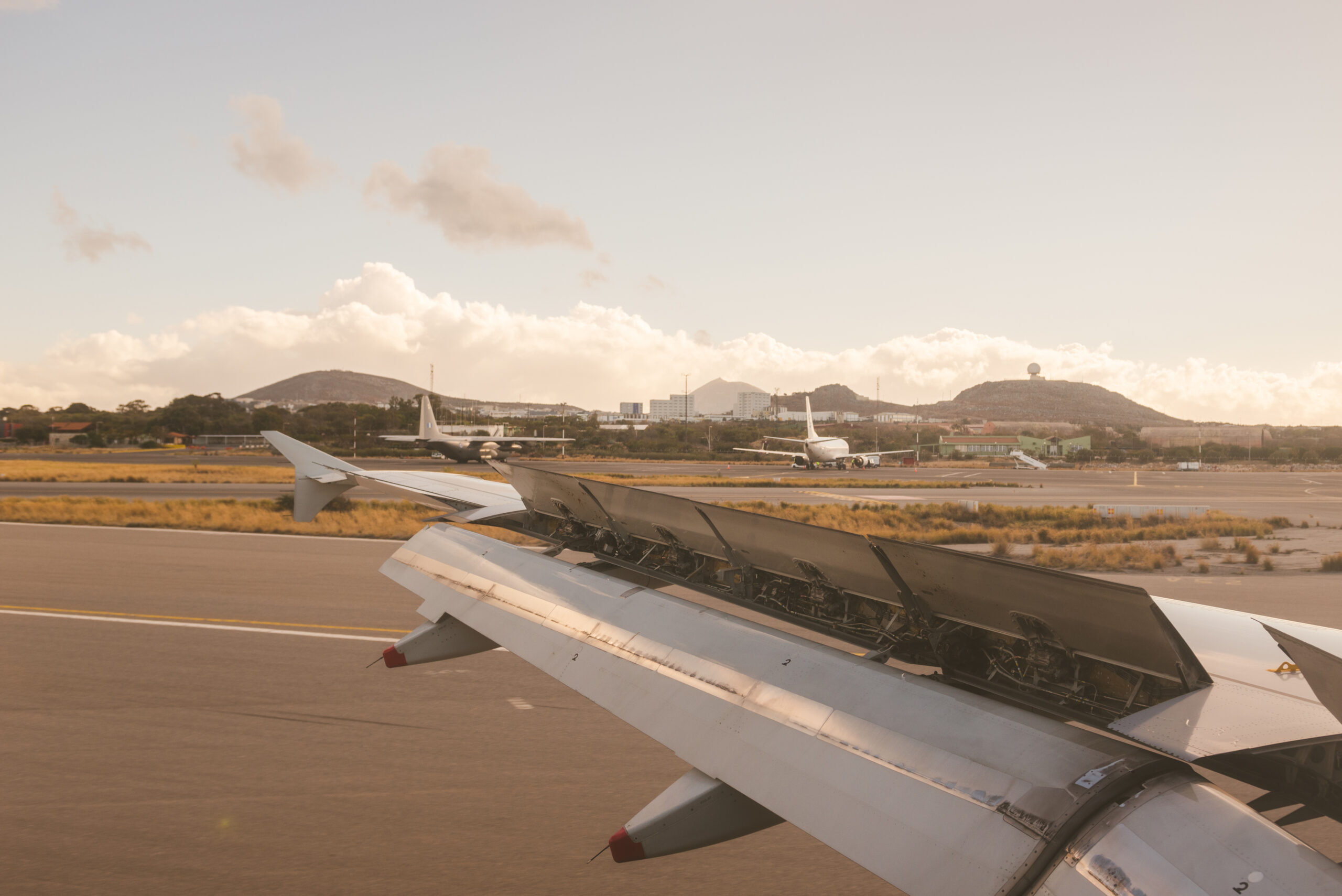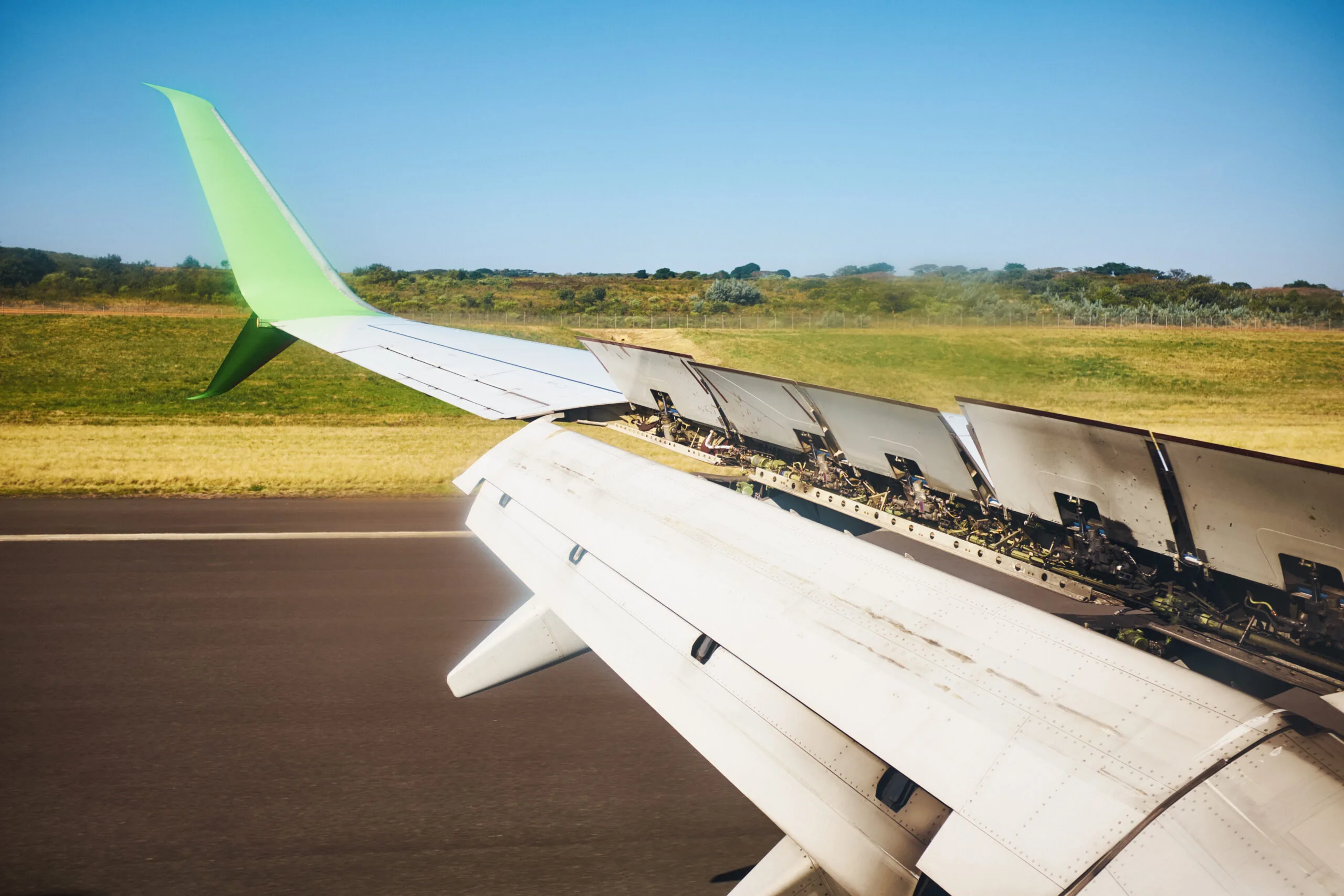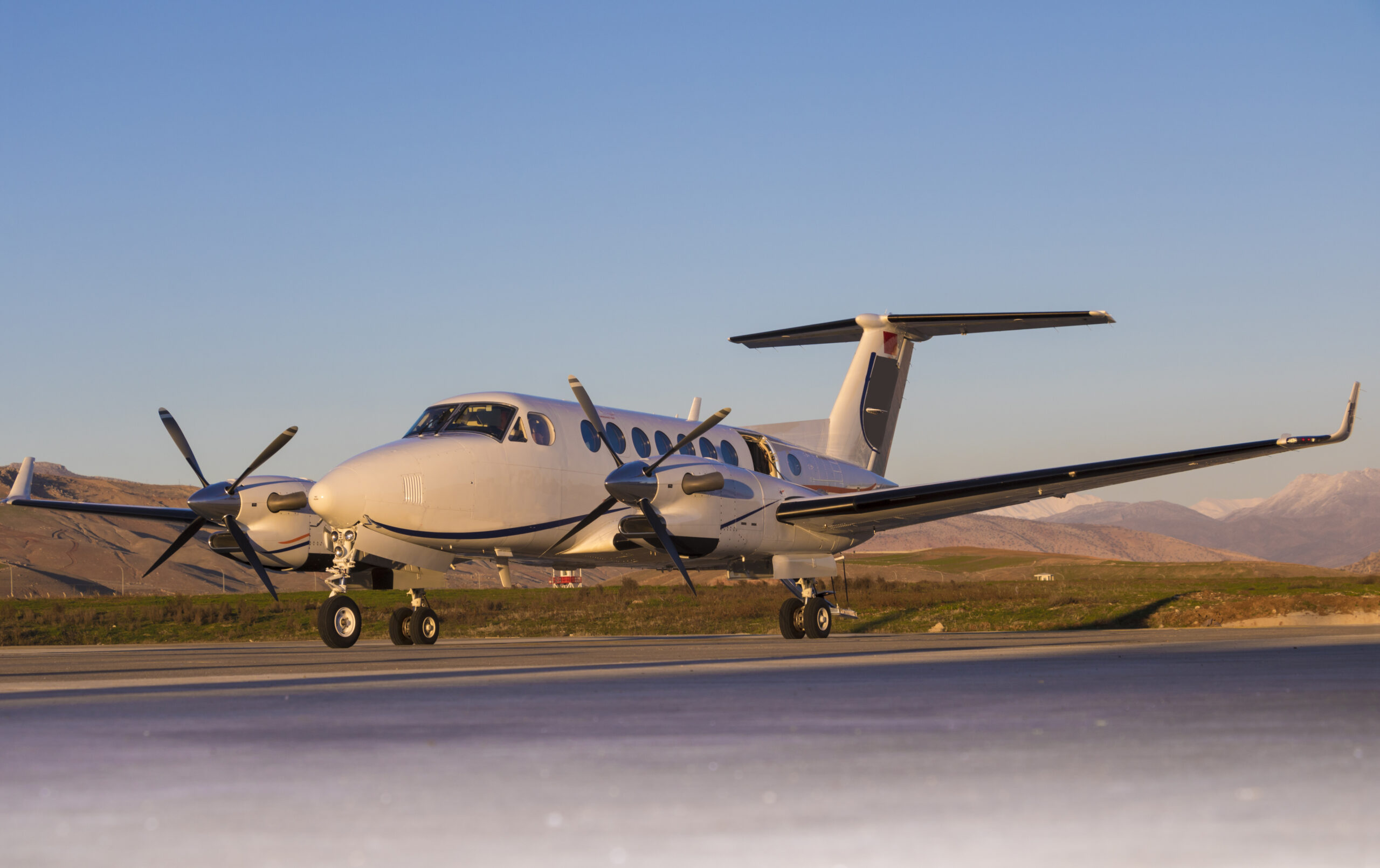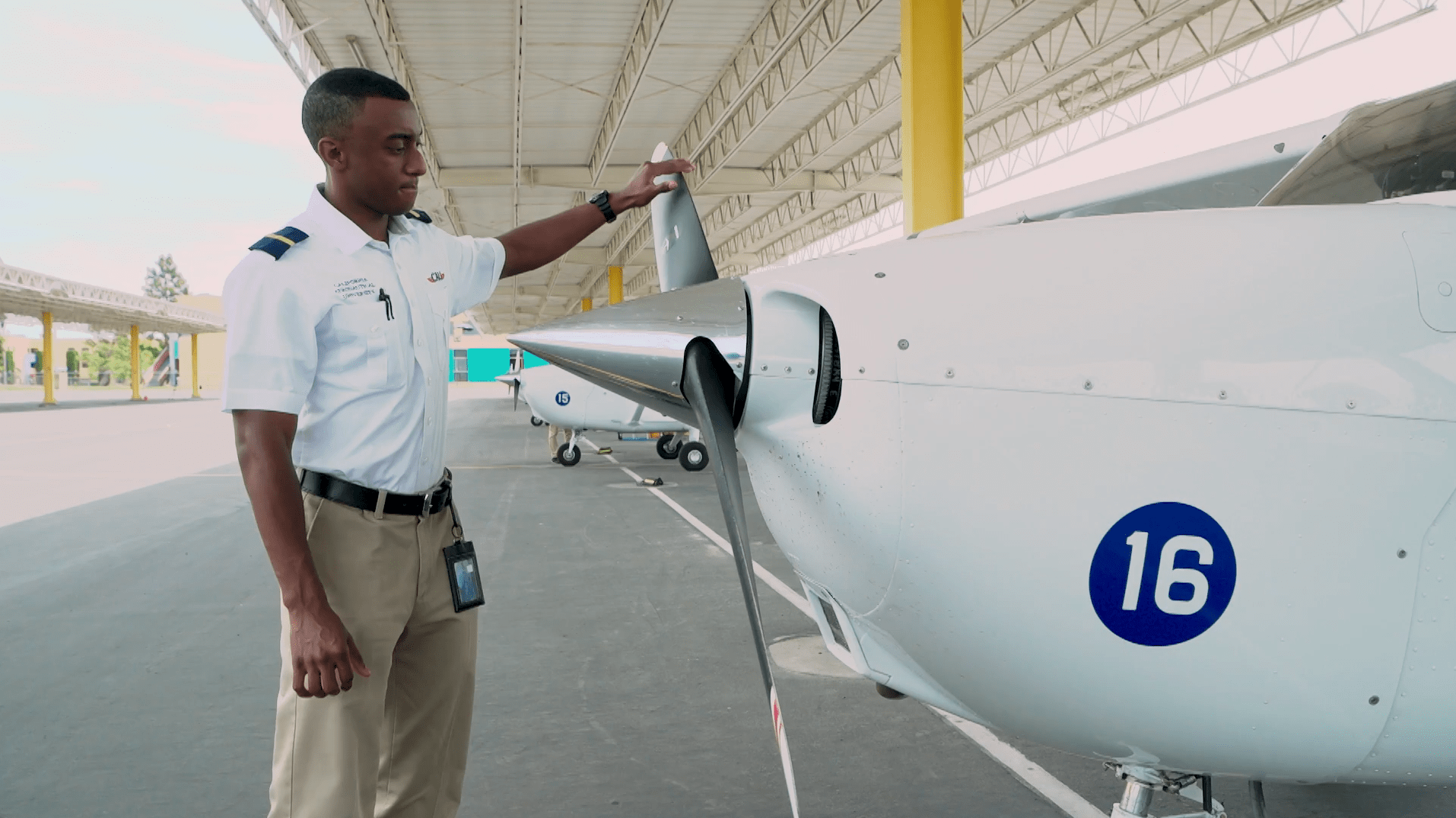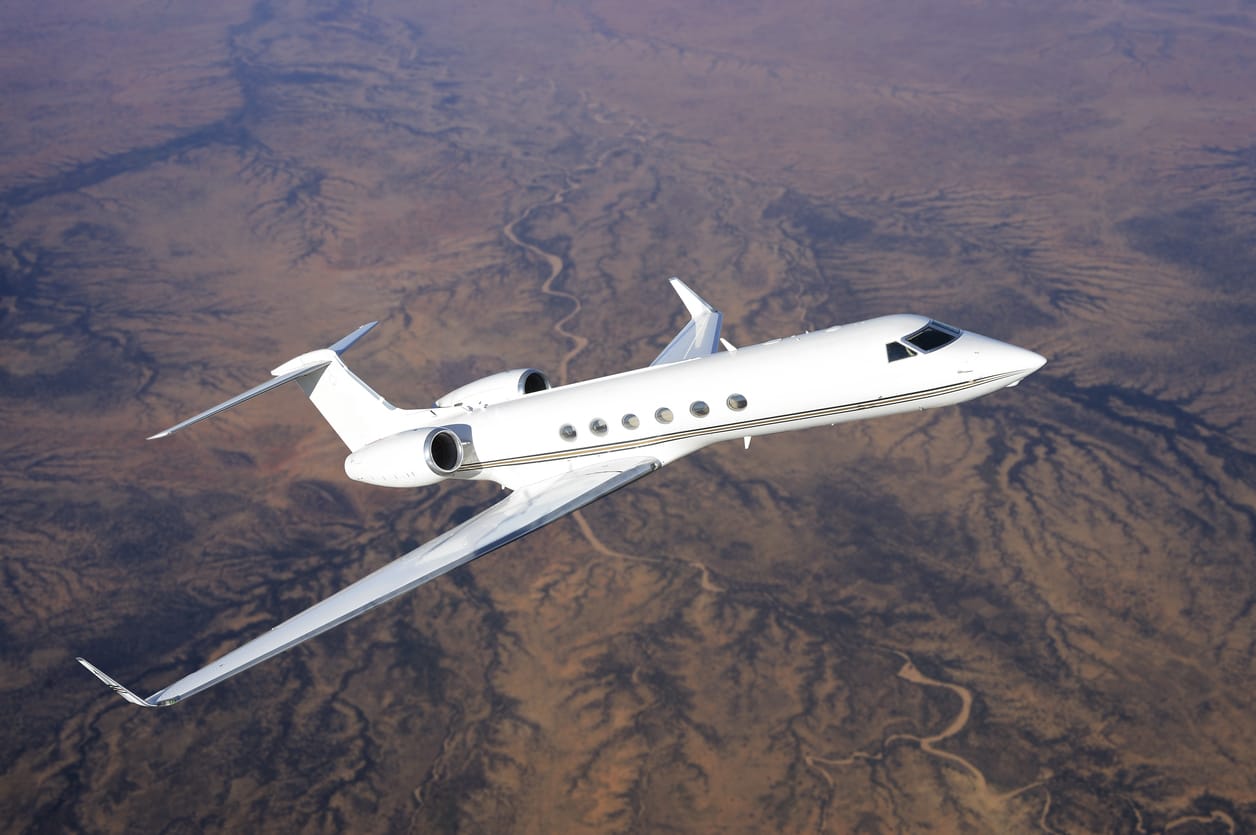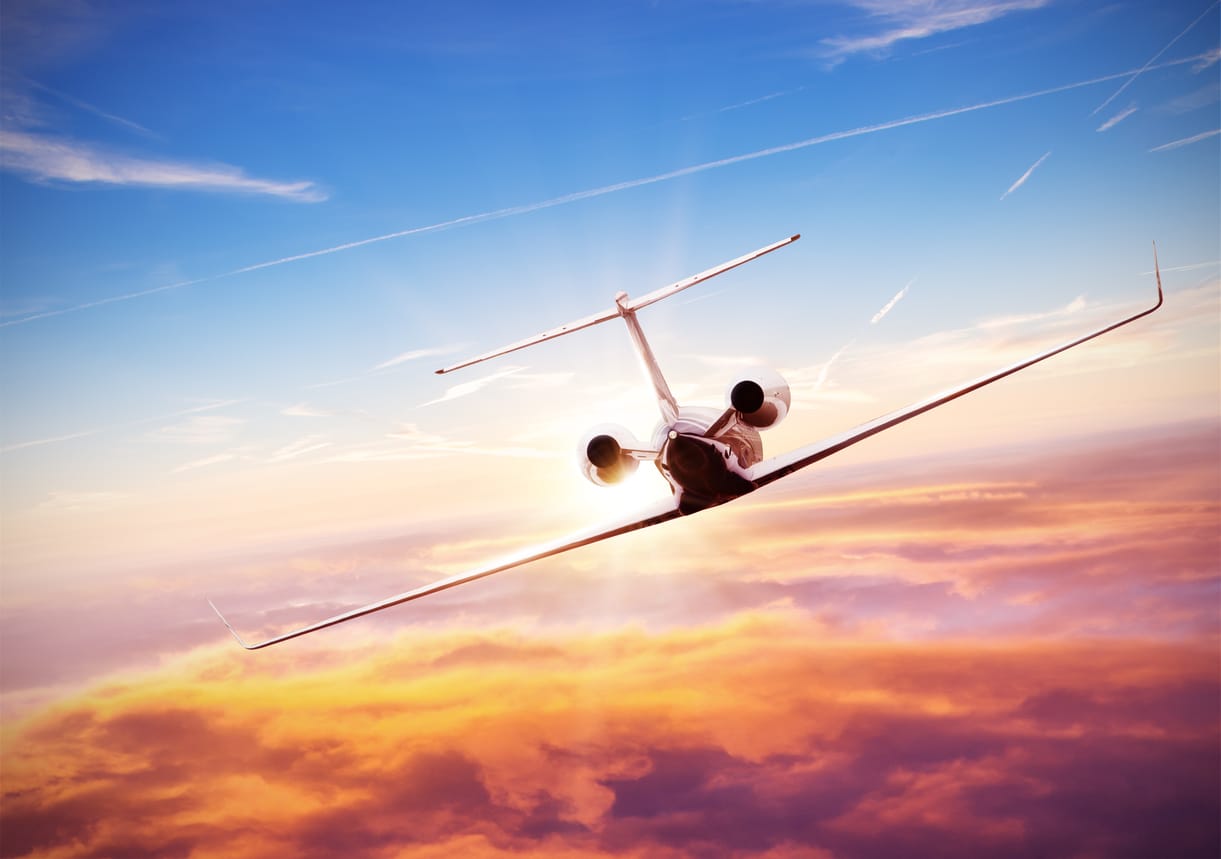As our understanding of lift and basic aeronautical principals has improved and changed, so has the design of airplane wings. Wing design is an incredibly important aspect of aeronautical engineering. Now that computer software and advanced wind tunnel technology are aiding in the development of wing design, we are better able to understand how to best harness lift.
In addition, this helps engineers and designers to target which shape works best under certain circumstances. Since the mission of the aircraft dictates the shape of the wing, it’s easy to see how a few degrees of difference can affect the performance of the entire airplane.
Understanding Lift and the Design of Airplane Wings
It’s simple to assume that since an airplane depends on lift to leave the ground, that the more lift, the better. But that’s not necessarily the case. While the Wright Brothers were struggling to simply control powered flight and escape the pull of gravity, aviation is now a part of everyday life, and airplanes are tools. Aeronautical engineers must alter wing design to meet the needs of the aircraft.
For example, a trainer aircraft such as a Cessna, Piper, or Cirrus must be as stable as possible. While the airplane requires sufficient lift to reach cruising altitude and perform basic maneuvers such as turns and banks, it is not necessary for it to be highly maneuverable. If the design of these aircraft were more focused on lift, student pilots would quickly become overwhelmed at the difficulty in controlling the pitch, yaw, roll while also concentrating on the other challenges of aviating.
On the other hand, sometimes, an airplane with a high degree of maneuverability is necessary. This is the case with fighter jets, racing airplanes, and aerobatic aircraft. These airplane wings are shaped differently than those used for training or passenger and cargo transportation. Although the airplane is comparatively more difficult to control, its maneuverability and possibilities involving lift are increased. This enables the pilot to perform barrel rolls, impressive banks, rapid acceleration, and even loops.
The Importance of Wing Dihedral
The difference between these kinds of aircraft is possible due to wing dihedral. This term refers to the angle of the aircraft wing in relation to its roll axis. In general, the more dihedral a wing has, the less lift it will command. Large cargo airplanes are designed with a great deal of dihedral with an eye to stability.
Conversely, some fighter aircraft have zero or even negative dihedral. This means that the wingtips of the plane rest at a lower angle than the point at which the wing connects to the aircraft (known as “the root.”) An airplane wing with negative dihedral is also called anhedral; this can also apply to the surface of the aircraft’s tail. On airplanes with a greater amount of dihedral, wingtips and tail surfaces are located above the roots.
Winglets
An entire post could easily be made about the function of winglets alone. The focus of winglets, also known as “wingtip devices,” is to reduce the amount of drag on airplanes with fixed wings. They act as tiny little wings which help the main wing by generating lift of their own. They also increase safety and make the airplane’s movements more predictable and controllable. Winglets tend to appear on passenger aircraft because they increase the lift of an airplane without also calling for a longer wingspan.
Winglets work by directing airflow along the upper wing. They reduce wingtip vortices, which is air whipping in a circle behind a wing in the action of creating lift. Wingtip vortices are frustrating to aeronautical engineers because they counteract the very generation of lift. Winglets, however, through their placement on the tips of airplane wings, help to “calm” the air and lessen drag. The size and intensity of the circle in which the wingtip vortices operate is reduced. This results in greater stability and lessened fuel consumption.
The idea of winglets was conceived before powered flight even took place, and the first design for them was patented in 1910. They began to find their way onto jets in the mid-40’s. Winglets are still undergoing an evolution in design and, like airplane wings themselves, can vary based on the mission of the airplane. Some winglets point straight up in the air. Others are angled like on the Embraer 175 or are placed on the wingtip itself with two fins, as on the Boeing 737 Max. These “double finned” winglets are also known as “wingtip fences.”
Sharklets
Sharklets are a form of winglets. These also point straight up in the air. Sharklets were introduced by Airbus in December 2010 on the A320neo. While winglets are usually considered a separate part of the wing, sharklets work as part of the wing itself. Airbus estimates that with sharklets, its A320 increases its range by over 100 miles. That translates to fewer stops for fuel.
Widespread use of sharklets could revolutionize and streamline domestic aviation in the United States, particularly for flights heading West, which tend to experience more headwinds than those flying East. While Airbus has not yet announced a program to retrofit airplane wings with sharklets, increased use of efficient wing and engine design could mean fewer stops when flying cross country.
Other Important Elements in Wing Design
Every item on the control (or outside) surface of an airplane can contribute to drag. Therefore, aeronautical engineers are eager to find ways to decrease it as much as possible. Sometimes this means rethinking even how the wing is constructed. For example, even the rivets holding a wing together and onto the body of an aircraft increases drag. So, rivets, which are mounted flush to the surface of the wing can increase lift.
What about a completely smooth wing? Cirrus has found a way to produce a wing as a single piece, without any rivets at all. The components of several Cirrus aircraft are manufactured from composite fiberglass, and the control surfaces of these wings are excellent when it comes to producing lift.
Ready to soar in your aviation career?
Mr. Matthew A. Johnston has over 23 years of experience serving various roles in education and is currently serving as the President of California Aeronautical University. He maintains memberships and is a supporting participant with several aviation promoting and advocacy associations including University Aviation Association (UAA), Regional Airline Association (RAA), AOPA, NBAA, and EAA with the Young Eagles program. He is proud of his collaboration with airlines, aviation businesses and individual aviation professionals who are working with him to develop California Aeronautical University as a leader in educating aviation professionals.
